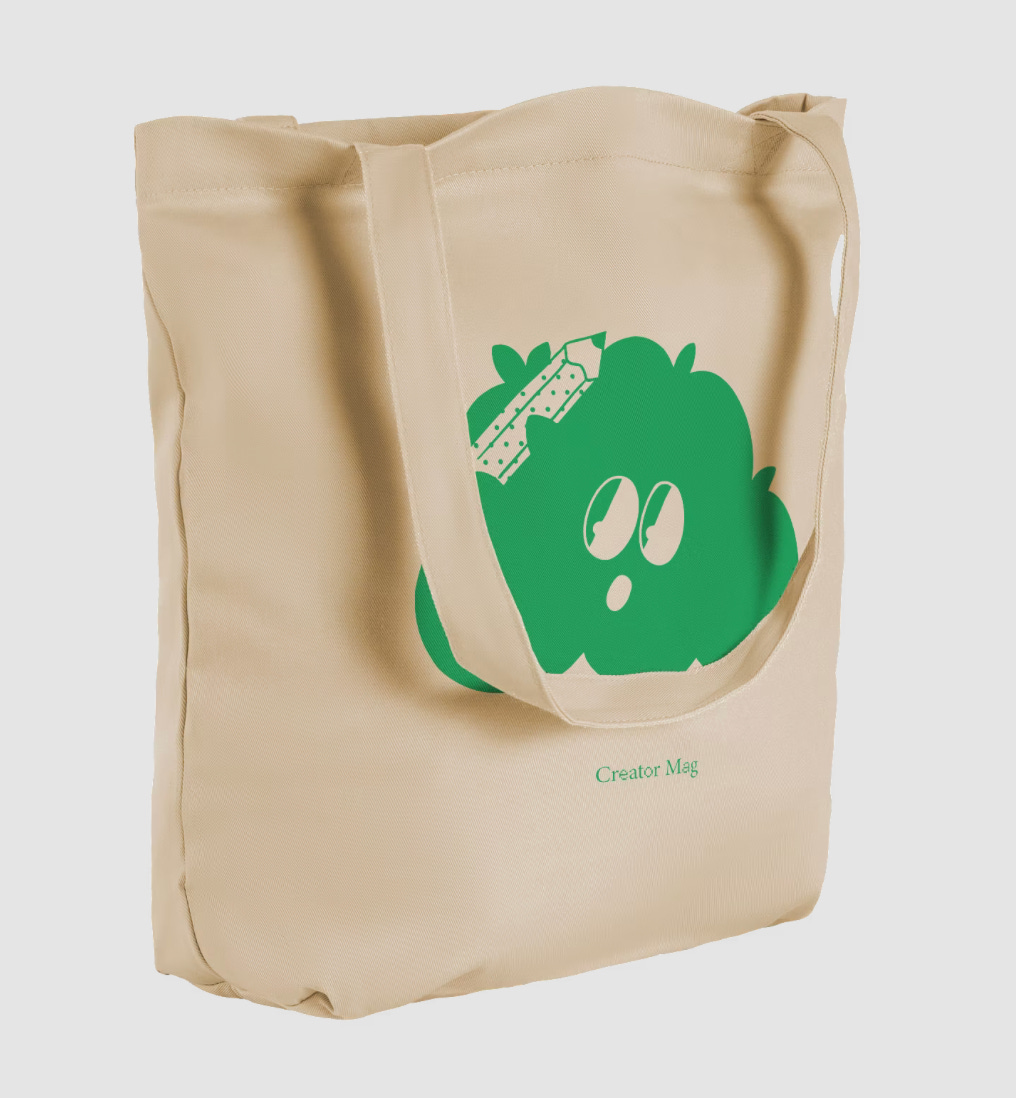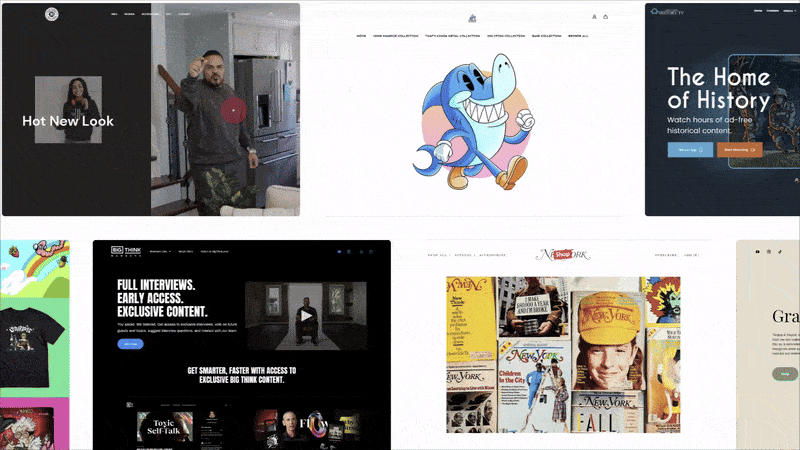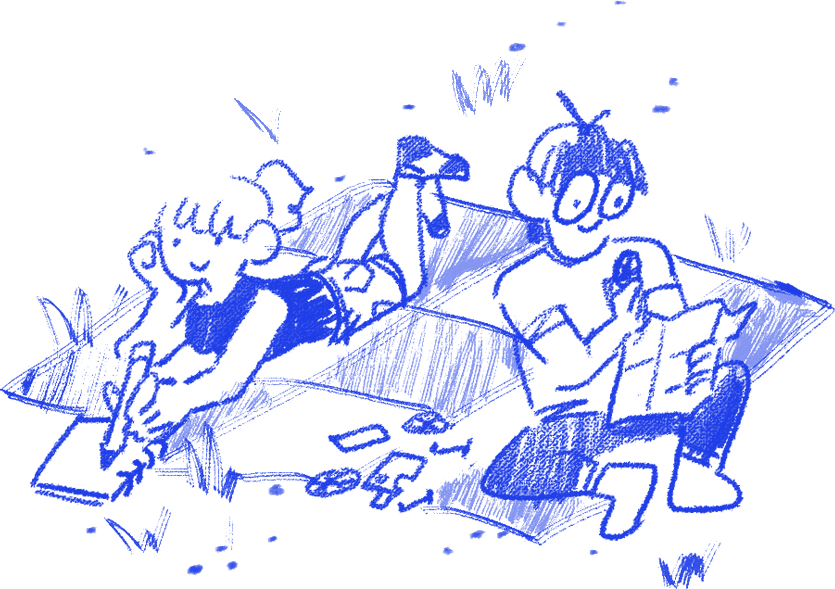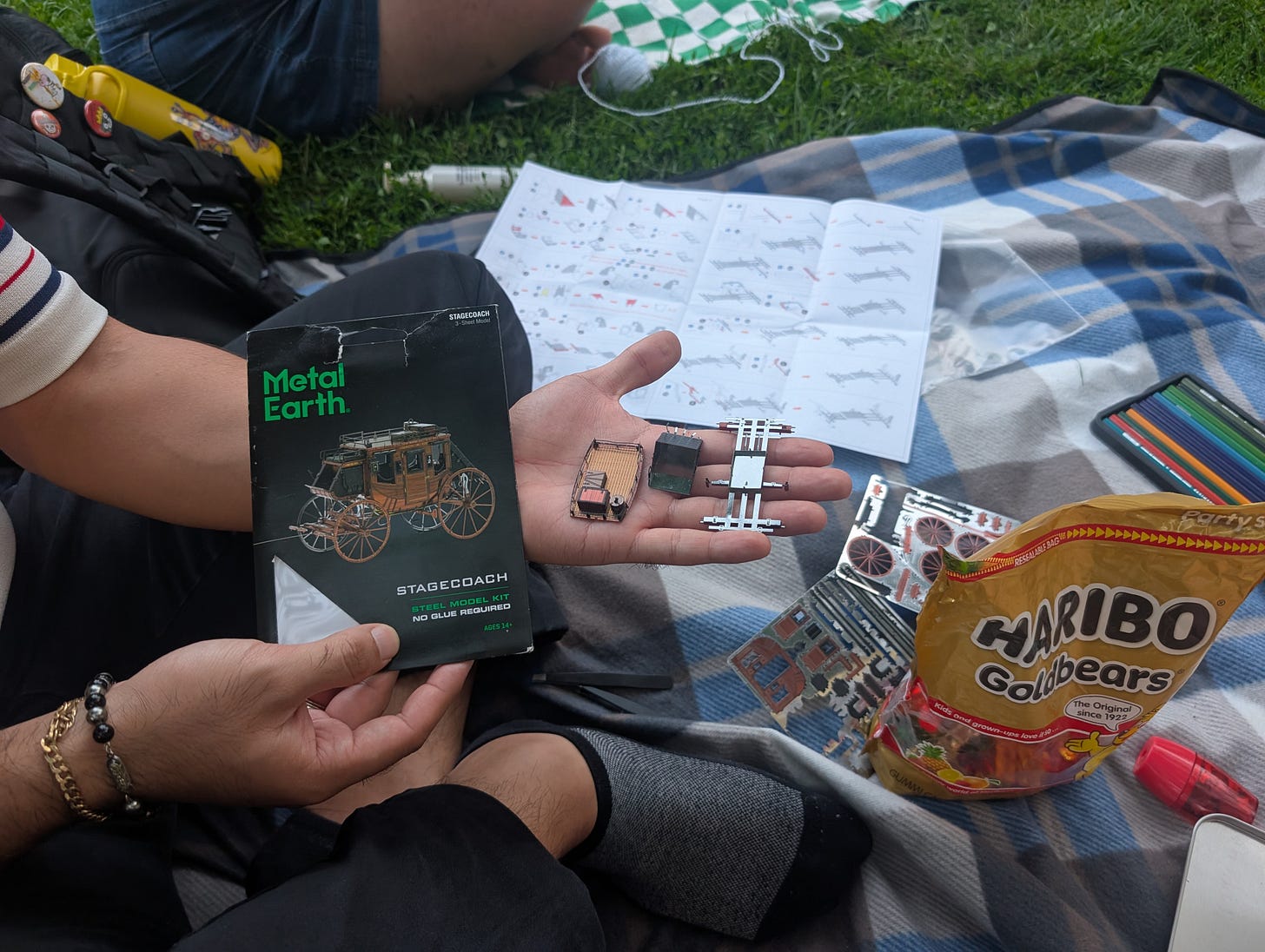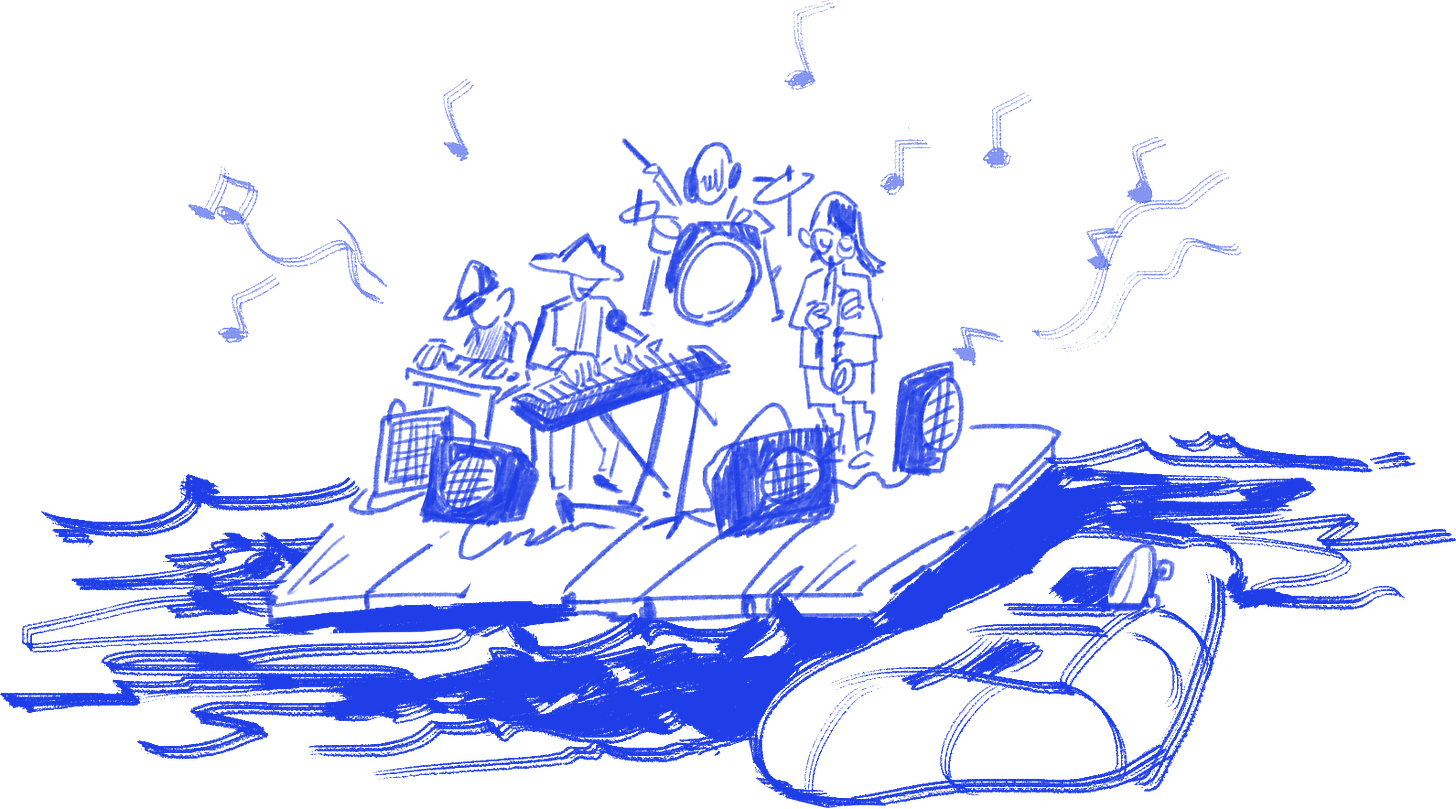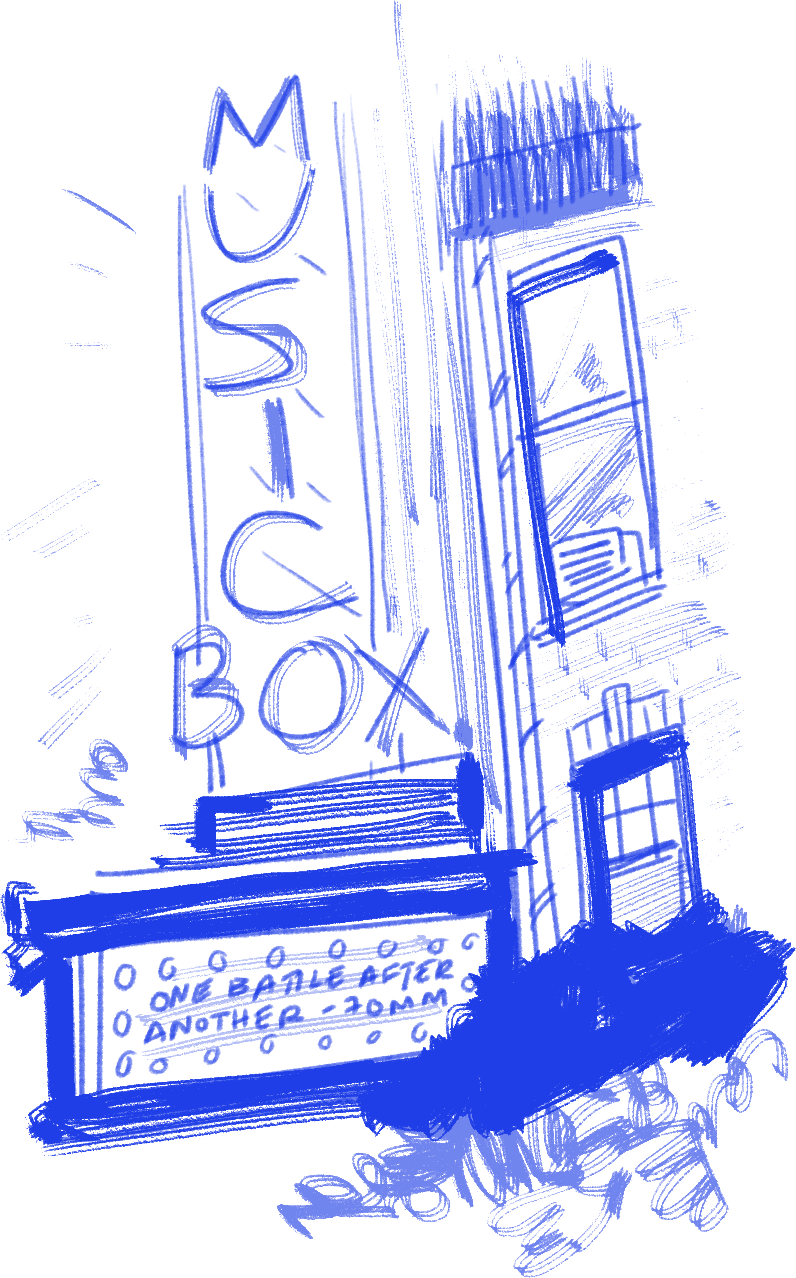The Talk of the Town 🏘️
Plus: A surprise Block Party addition
blog.ninety-eight // We’re less than two weeks out from our next Creator Mag Block Party—which we’re throwing at The Motoring Club, located on the West Side of Los Angeles.
Have you RSVPd yet?
Per usual, along with a night of conversation and celebration, Block Party attendees will be the first to receive their print copies of Creator Mag. Plus, we’ve been cooking up something new: If you buy Issue Seven before (or during) the Block Party, you’ll receive an exclusive tote bag, designed by our team.1
Preorders for Issue Seven are not yet open, but you can sign up for an Annual Subscription today! Members receive all four print editions from 2025, access to each Block Party, exclusive content, and more. Subscriptions are the best way to directly support our work—if you’re interested, sign up here.
Oh, and if you’re not able to attend the Block Party? No worries! We’ll start shipping out orders on Monday, October 20. And come November, we’ll be back to hosting gatherings in the studio; you can pick up your magazine at any one of those events.
Alright, with all of that out of the way…today’s newsletter diverts from our typical Thursday edition of Neighborhood Watch. This season’s theme revolves around “TOUCH GRASS”; ironically, as I edited contributors’ submissions and reported our cover story, I felt summer slowly slip away. All I had to show for it was an egregiously-high laptop screentime.
So I pushed myself to actually practice what I preach, exploring the spaces and places just a train ride away from my apartment in Chicago. And yes, I touched some actual grass along the way.
Scroll on to read the first piece from Issue Seven. Did I rip its title directly from the pages of The New Yorker? No comment—hope you enjoy.
— NGL
P.S. Last week, we interviewed the seventy-year-old retiree who spends his days convincing scrollers to touch grass. You can read it here.
Sponsored by Fourthwall
Here’s How 200,000+ Creators Build Their Worlds
What do we have in common with Marques Brownlee, Ben & Emil, New York Magazine, and 200,000+ others?
Simple: We all used Fourthwall to launch our brands.
Fourthwall makes it easy to build a powerful online storefront, packed with premium features out of the box →
Over 300 retail-quality products that you can design and sell instantly.
Integrations with YouTube, Instagram, and Twitch—meet your audience where they watch.
Both membership subscriptions and merch, all in one place.
Build your world, on your terms. Get $25 in product sample credits when you sign up for Fourthwall using our referral link.
Art Therapy
8.13.25
The sun begins to set as a twenty-strong group of artists sits cross-legged, in a circle around a small park near the popular Bloomingdale Trail—sketchpads and picnic blankets in tow.
“I don’t know most of the people here,” Myron Laban, the event’s organizer, admits. He’s getting up to leave; reserving studio time isn’t cheap. “I have to go record my album,” he tells me.
Myron is many things: a renowned muralist, an indie pop singer. A pharmacist. His pieces can be found all around Chicago; for the international crowd, his colorful paintings pop up everywhere from Barcelona to Paris.
Here, however, Myron’s simply another human, looking to decompress after a long day. “The best experience I had making art was in high school, when I would be sitting around a table with a bunch of friends, talking shit,” he said in July. In the beginning, only one person showed up. Now, with ten meetups under his belt, the art club is gaining traction, and Group Therapy was born.
Most of the attendees I talk to share two things. First, their method of discovery: TikTok and Instagram, pretty much exclusively.
Second, everyone seems to be new to the city, having moved to Chicago in 2025. Leah started her new life here just eleven days ago; she left her hometown in Kansas to take a job at the Field Museum. “I was coming up to Chicago for a tattoo convention…my manager told me to meet up with his buddy, who gave me a tour of the museum,” Leah tells me, in between handfuls of Haribo gummy bears. “Now, here I am.”
She shows me and Alan (a chemistry PhD, who moved from Texas in April) her rough sketches, featuring cartoon characters like Wile E. Coyote. Alan compares notes; he hasn’t made it very far in building his miniature steel stagecoach (“No Glue Required,” the packaging reads).
We bid adieu; I’m not sure if I’ll ever see Leah and Alan again. I can’t say one hour fully healed me, either. But the sense of satisfaction I leave with is palpable, and the choppy urban grass has succeeded in its mission, sneaking through picnic blankets and purifying the acid burning up my pocket.
It’s now eight o’clock as I walk home. I pass by an elderly man, enthusiastically playing his saxophone, at the famous Damen-Milwaukee intersection, without a care in the world. Nature is healing.
Floating Music
9.7.25
Around five o’clock, a long-haired man donning a cowboy hat skates the banks of the Chicago River. After dropping his colorful pennyboard, the man climbs onto a boat, steering himself and four bandmates towards a platform floating in the water. The assembled group places a guitar, keyboard, and tangles of A/V cords onto the makeshift stage. Once they’re ready, they turn to an assembled group of roughly one hundred, and the clear sound of country music gently floats above the water.
The long-haired man is Lawrence Tome, an indie artist known as “The King of the River.” He began organizing the Secret River Show in 2024, dropping location coordinates on his website and Instagram story mere days before each concert.
In the age of TikTok, something labeled a secret quickly becomes anything but. What started as an under-the-radar gathering became a local sensation; some of the more gatekeep-y folks I know even stopped attending precisely because of the show’s newfound popularity online.
My experience? Pockets of friends and loners, parents and kids, all brought together by the River King. The music was soft, but melodic. Tome gladly made room for drum and clarinet solos from his bandmates. Bodies swayed; beers were swigged; and the fall wind arrives a tad early, whistling on by. Patrons paddled up to the platform and cracked cold ones in their kayaks. To top it off, the Chicago skyline served as the show’s backdrop.
In other words: The vibes were immaculate.
Towards the end of the show, Tome’s speakers gave out. When the band couldn’t figure out how to restart their generator, audience members yelled, Do it unplugged!
Tome shrugged. “Nah. See y’all next week, though.” He then gathered his instruments with his bandmates and boated away—pennyboard in tow.
Music Box
9.26.25
The last vestiges of summer heat follow my friends and I into the theatre, as we’re greeted by the familiar embrace of popcorn butter and air conditioning. We arrived thirty minutes early to claim a workable vantage point; the seven hundred-seat venue is general admission, and we’re attending a sold-out showing. Typically, a line snakes its way outdoors, spilling out onto the sidewalk and stretching around the block. But they’ve let patrons in early tonight, and we quickly locate the fourth member of our group, whose draped sweatshirt mercifully claims half a row to call our own.
As I settle into my rickety seat, I think about the prevailing sentiment I’ve recently seen shared across tweets and Susbtacks alike. It goes something like this: Phone addiction got so bad that watching a movie now feels productive.
In some respects, the feeling this statement broaches is valid. Entertainment is just that—entertainment—no matter if the screen is horizontal or vertical. And with the rise of streaming services, most forms of video content are consumed on screens these days, anyway.
Yet over the last century, movies have served a purpose past just the dopamine rush of a good joke or stimulating explosion. At its best, film is a powerful artistic force—from the ugly mirror Stanley Kubrick held up to Cold War-era America in Dr. Strangelove, to the universally-applicable ballad of socioeconomic inequality found in Parasite.
And, arguably most importantly, film is one of the last vessels to satisfy the third rung on Maslov’s Hierarchy of Needs: a sense of belonging. No matter how kitschy Chicago’s iconic Music Box Theatre is sometimes—between the house organist playing the keys before each showing, or the over-the-top audience laughter that can feel oh-so-forced—something about this space keeps bringing me back. This room, which first opened its doors in 1929, feels sacred, in a way.
It’s opening night for Paul Thomas Anderson’s new film, One Battle After Another, and the instant classic-level hype proves its merit. Over a two-and-a-half hour runtime, violent twists are met with audible gasps from the crowd; Leonardo DiCaprio’s washed-up stoner, Bob Ferguson, garners both laughs and tears alike. The 70mm format captures the film’s desert beauty perfectly, and Johnny Greenwood (himself a veteran of the band Radiohead) delivers a tense score, offering a sense of hope alongside the madness.
By the next day, though, I won’t remember the crowd’s enthusiastic ovation so much as what happens next. Because for the next hour-plus, my friends and I proceeded to debrief the film over pizza, reveling in its depiction of America and debating its standing among the best movies of the decade.
Movie theaters may not be a venue to truly touch grass. But they are a communal living room where conversations are sparked and ideas are shared. For me, they’re a reminder for why I create in the first place.
Thanks for reading! Shoot us a reply, comment, or DM if anything resonated with you in particular—we respond to them all.
Existing members who attend the Block Party will receive their tote, too!



